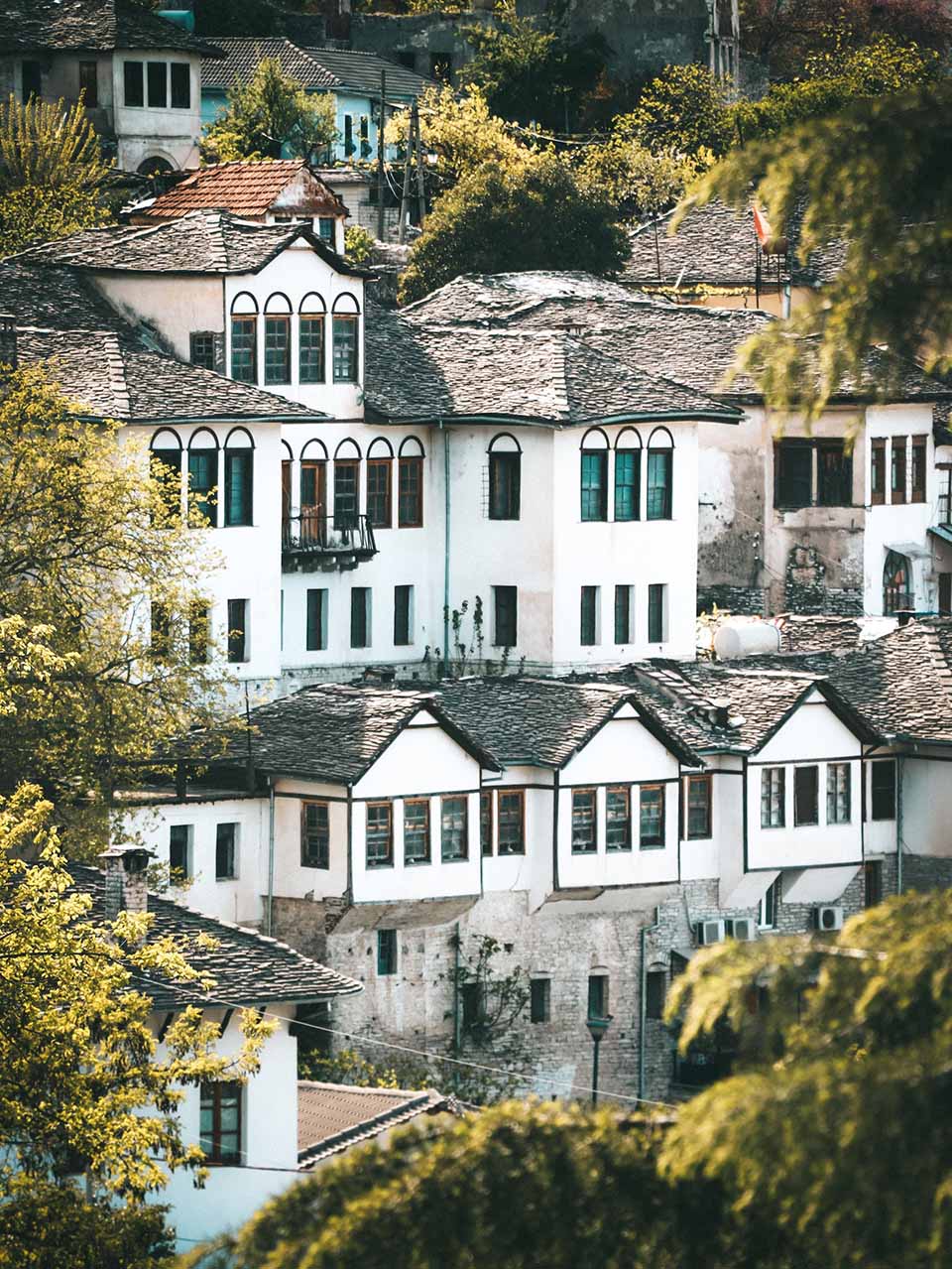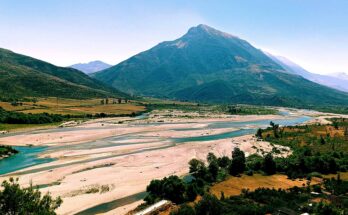
The UNESCO city of stone slab roofs which never changes
The UNESCO city of stone slab roofs which never changes… – The archaeology and early history of Gjirokastra as a settlement are mostly unknown. Pottery dating to the 5th–2nd centuries BC, 5th–7th centuries AD, 9th–10th centuries, and 12th–13th centuries has been found as a result of archaeological investigations inside the castle. The earliest of these phases also revealed traces of huge block-built walls, showing that there was a sizable fortress on this side of the Drino river in the pre-Roman era around 168 BC.
The UNESCO city of stone slab roofs which never changes Read More